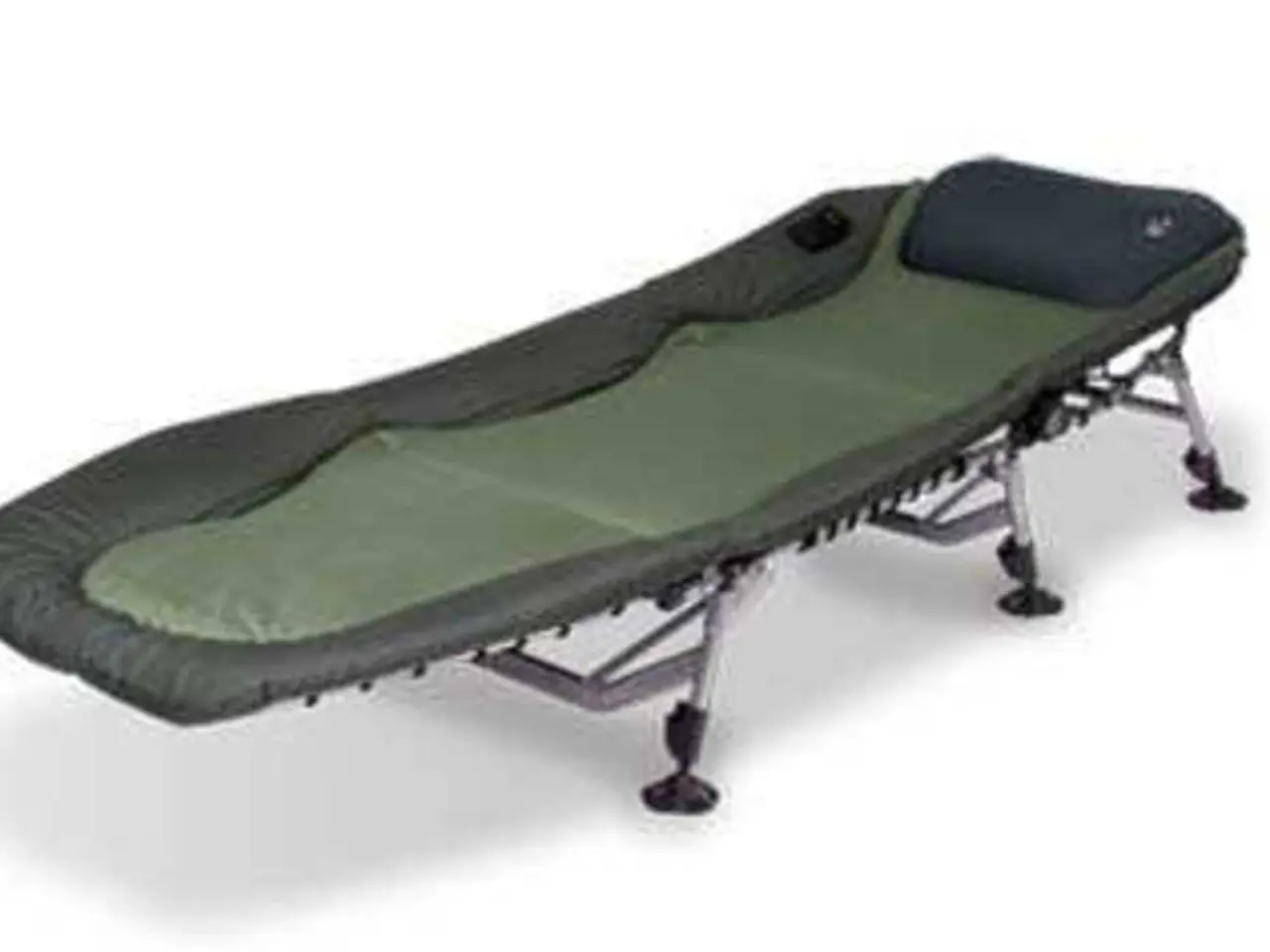KT Tape: Popular for Pain Relief, but Not a Standalone Solution
KT tape, a stretchy, elastic athletic tape, has gained popularity for treating muscle and joint pain. Invented by Dr. Kenzo Kase in the 1970s, it's used by physical therapists and healthcare providers worldwide. However, it's not a standalone therapy and should be part of a comprehensive program.
KT tape supports muscles and tendons, reducing stress on joints and swelling. It's particularly useful for chronic issues like patellofemoral stress syndrome or Achilles tendonitis. Unlike traditional athletic tape, KT tape doesn't restrict movement, making it ideal for giving extra support.
Dr. Kenzo Kase developed the kinesio taping technique in Japan. The tape, often called KT tape, is an elastic cotton strip with an acrylic adhesive. It's designed to mimic the body's natural elasticity and provide temporary relief for sore joints and chronic pain. However, research on its effectiveness for specific conditions is mixed.
While KT tape is unlikely to improve athletic performance or aid in faster recovery from serious sports injuries, physical therapists and healthcare providers use it for various reasons. It's important to note that KT tape should always be applied by a trained professional to ensure proper placement and avoid worsening pain. Without proper guidance, applying it on your own could potentially make pain worse.
KT tape, while providing temporary relief and supporting muscles and tendons, is not a standalone solution. It should be used as part of a comprehensive program that includes rest, stretching, recovery, and sometimes physical therapy. Always consult a trained professional for proper application.




